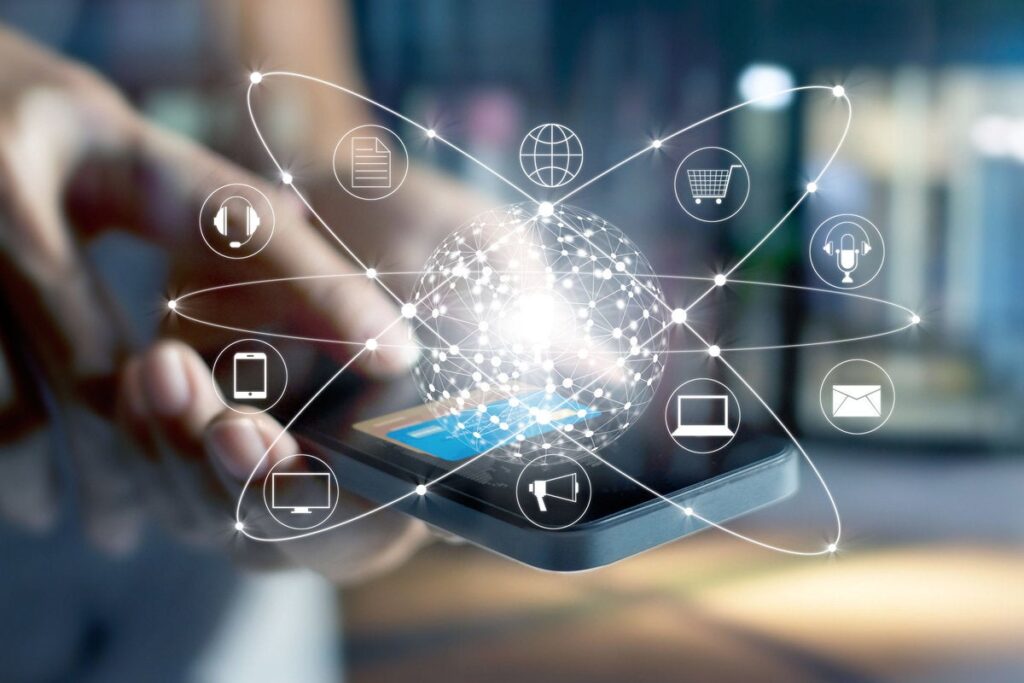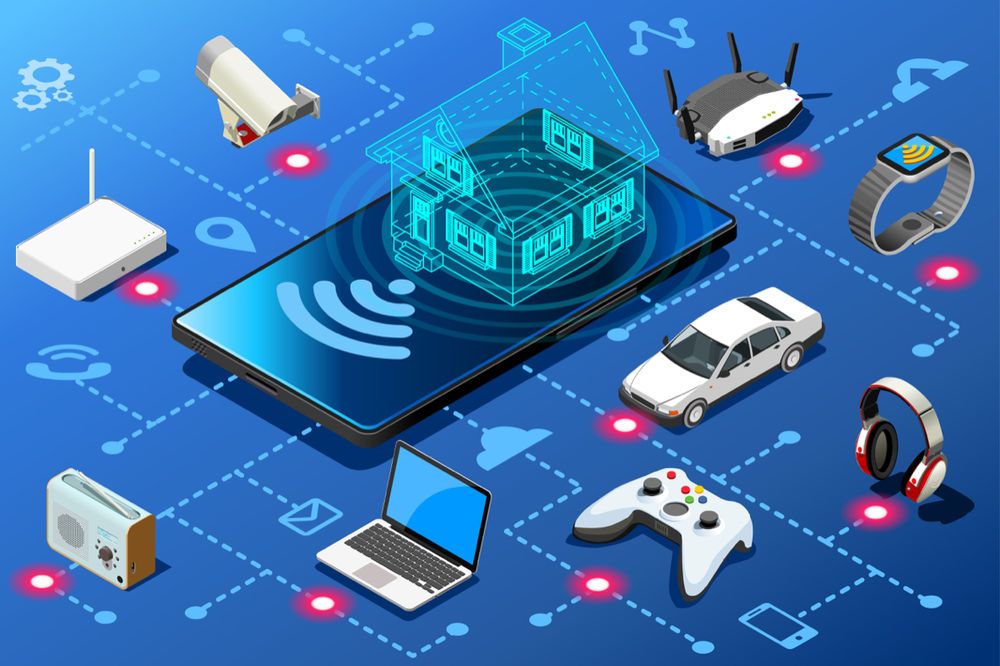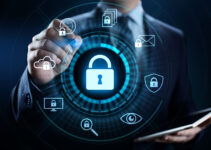The Helium is a way to build a brand new type of mobile network. This technology is built on the latest wireless standard, LoRaWAN. It is backed by the LoRa Alliance and prepared to build the infrastructure to support the coming IoT revolution.
Global, completely decentralized, and offering huge added value to all users. This network is the latest. It has more than 230000 hotspots across the globe which includes all major cities around the globe. It’s the next thing to watch on wireless networks.
It’s a real, people-powered mobile network that gives control and financial benefits to LoRaWAN antenna proprietors. Additionally, Helium provides a wide range of opportunities for all who own antennas, designers of IoT solutions, and service providers as well as small, medium and large enterprises.
This is an IoT (Internet of Things) fully-equipped network, which opens up a variety of opportunities and business models to connect your office building factory, warehouse or farm, utility network, or administrative building, and extract greater value from your business assets.
This is how Helium creates a different ecosystem that includes IoT creators, sensor makers, systems integrators, and service providers, enhancing the digital economic transformation. Intelligent homes, surveillance video access control, monitoring big data solutions, and flying drones are but some of the examples of new industries that could benefit greatly from a completely decentralized LoRaWAN network.
Furthermore, the HeliumMart network is a combination of two exciting and fast expanding technology fields – IoT and Blockchain. When it is running, every LoRaWAN antenna produces Helium’s own cryptocurrency called the HNT. It’s a fresh generation of cryptocurrency that’s generated not using the conventional costly and unsustainable GPU mining method, but rather through the creation of a true network service that provides significant value to the entire community.
Affordable, sustainable, and decentralized Eco-friendly, efficient and lucrative Helium network will transform the landscape of technology and we’re thrilled to be a part of this exciting wireless revolution.
The Internet of Things (IoT) will be everywhere. It will create a vast array of possibilities and allow us to transform everything “smart”. One of the most important topics to be considered for the growth of IoT is its use in urban areas and improving the public infrastructure. There are numerous projects across the globe that are working towards making this happen.
For instance, The University of the West of England is currently developing a system of sensors to collect information about the London Bridge station. They will track temperatures, humidity, strain pressure, and even detect leaves that are on the tracks. Machine learning algorithms process the data and anticipate maintenance or other tasks that need to be completed.
Madrid already has a number of IoT projects. They include recycling, garbage collection, monitoring green areas, and more. For instance, in Los Angeles, there is a large network that regulates traffic lights as well as improves the movement of vehicles. In the UK’s Milton Keynes, there’s an IoT network that monitors energy and water consumption and adjusts distribution accordingly.
Public infrastructure is an enormous business. In 2024 the US federal government made public major plans to invest $621 billion to fund bridges, roads, and rail infrastructure. The remaining $174 billion will be used for electric vehicle infrastructure. There’s another $100 billion planned for high-speed broadband. The funds will not be used solely for maintenance and construction as well, but also to be put into smart urban lighting, green technologies transportation management, upgrades to public services, and many more.
This is great, but is it worth the cost?

Source: networkworld.com
On paper, they appear to be that IoT initiatives will provide greater longevity to equipment, as well as better efficiency and lower cost. They will reduce time and enhance the quality of life overall and will save lives.
IoT systems can provide accurate, real-time information. This can help councils improve their decision-making process, maintenance, sustainable planning, and cost optimization, among other aspects.
A few companies are already working in this field and are developing products to help smart cities and smart infrastructure. It has developed a range of IoT products specifically designed to be used in various infrastructure projects that are public. They are currently being utilized in a variety of cities around the globe.
You can also use IoT devices, and sensors to support business or personal projects as well. For instance, you could create a system that can monitor and count the parking spaces at the mall parking lot. Also, you could set up air quality sensors within the air circulating system in an office structure. There are many possibilities.
What are you able to do using IoT in the smart office?
The possibilities are nearly endless. It is possible to mix and match the sensors, systems and devices to achieve the perfect solution for you. The most evident applications for IoT in the smart office include:
Managing meeting rooms

Source: ceotodaymagazine.com
A very well-known initial step in the smart office sector for a lot of companies is this. It is possible to use IoT devices to enhance and streamline the availability, booking, and managing of conference rooms. One possibility can be to mix IoT sensors to trigger different lighting and notifications based on whether a room is available or booked in the next hour, or in accordance with any other criteria you’d like to add.
With IoT, you can maximize the use of resources for meeting rooms. For instance, you can activate cooling or heating within a few minutes prior to the event, rather than running it throughout the day. It’s also more efficient for prescriptive maintenance.
Control of access

Source: securelist.com
It’s as easy as having a secure lock that allows access to the office or creating more sophisticated systems for the restricted areas, IoT can help for this as well. It’s possible to incorporate biometrics, smart video cameras and other devices to build an efficient security system.
It is also possible to simplify the access to the parking lot for employees. There are many options to design and modify for IoT sensors as well.



